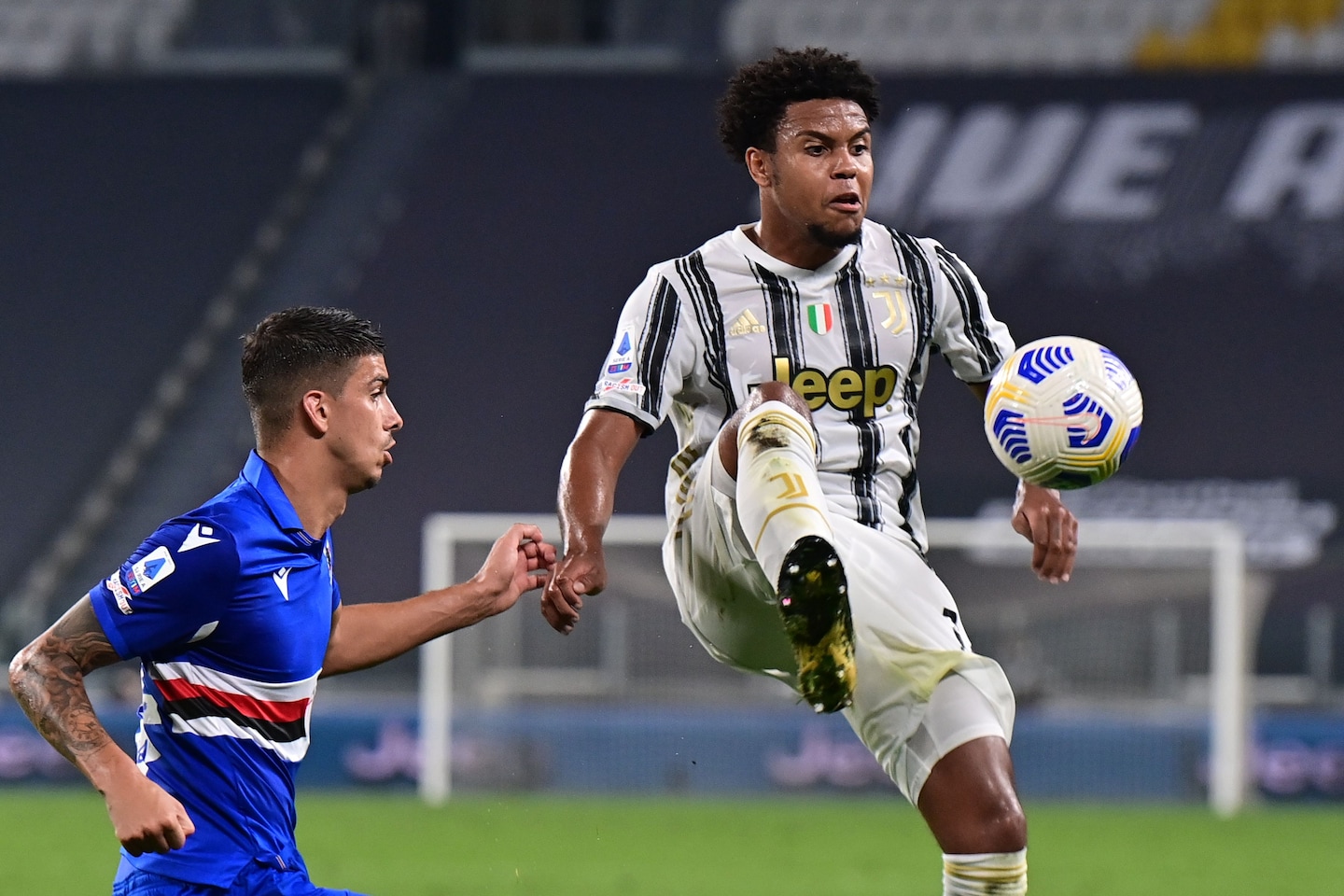U.S. men’s soccer is welcoming a ‘Golden Generation.’ It’s already making an impact overseas.

“Things go in cycles, and you heard a couple years ago, ‘Where are all our players?’ ” Berhalter said in a phone interview Monday. “Now you see an abundance of players performing on the world stage. That is great, and it’s great for U.S. soccer.”
In soccer parlance, a cluster of similarly aged players with high potential is known as a “Golden Generation.”
Chris Richards, 20, came off the bench for European champion Bayern Munich, which is on the cusp of acquiring U.S. defender Sergiño Dest, 19, from Dutch power Ajax.
The other big team chasing Dest was FC Barcelona, which, in its rich stable of prospects, summoned Miami native Konrad de la Fuente, 19, from its youth squad recently to join Lionel Messi and other first-teamers in preseason friendlies.
“We used to get excited if an American got playing time in a European league,” said Mike Woitalla, executive editor of Soccer America, which closely monitors U.S. exports. “Now we’re keeping track of their goals, assists and Champions League appearances.”
Americans being employed by distinguished European clubs is not unusual. Tim Howard started for Manchester United, John O’Brien spent seven years with Ajax, and Timothy Weah began his career with Paris Saint-Germain. Reyna’s father, Claudio, a former U.S. World Cup captain, wore the colors of, among others, Glasgow Rangers and Manchester City.
This is, however, the first time so many U.S. players are not only employed by major clubs but getting on the field and, in some cases, playing important roles.
Berhalter credited the U.S. development system, which includes long-standing independent clubs and the rise of MLS youth academies over the past 10 years, for preparing players for professional rigors. That, in turn, has resulted in playing time in MLS matches at a younger age, quicker maturation and greater appeal to European clubs.
Some players, such as Chelsea’s Christian Pulisic, who is recovering from a hamstring injury, came through European channels after leaving the United States before turning pro. Others, such as Dest and Fulham’s Antonee Robinson, are dual nationals who joined European club academies as youngsters.
Robinson, 23, joined Fulham in the Premier League from second-flight Wigan after drawing interest last winter from AC Milan. Zack Steffen, 25, is Manchester City’s backup goalkeeper after a year-long loan in Germany. Josh Sargent, 20, is starting for Germany’s Werder Bremen. And Weah, 20, is reviving his injury-plagued career at French club Lille.
Overall, 14 Americans are in the first-team mix with clubs in the five best European leagues.
The rise bodes well for Berhalter and the national team, which two years ago ended a string of seven consecutive World Cup appearances with a shocking defeat at last-place Trinidad and Tobago, raising questions about the direction of the program.
At that time, this current band of young players, aside from Pulisic, was not in senior national team circles. But as qualifying for Qatar approaches — it has been pushed back from this fall because of the novel coronavirus pandemic and won’t start for the U.S. team until next summer at the earliest — the collection of rising Americans figures to form the core of Berhalter’s roster.
He is eager to get started. Because of the health crisis, however, Berhalter has not been able to conduct a training camp of any kind since January and hasn’t been able to call up his foreign-based players in almost a year.
Nonetheless, “we’ve still made progress by what the players are doing individually,” said Berhalter, who has been on the job since December 2018. “And now we want to get them back together and make progress as a team. It would be nice to get them on the field and keep moving forward.”
The U.S. Soccer Federation is getting close to finalizing a November training camp and two friendlies, including one in Wales, for European-based players.
Watching his European-based players from afar, “you get a real good understanding of what they can do and what their skill-sets are,” Berhalter said. “And then you start to project how he is going to fit into what we are doing and how all these pieces fit together.”






